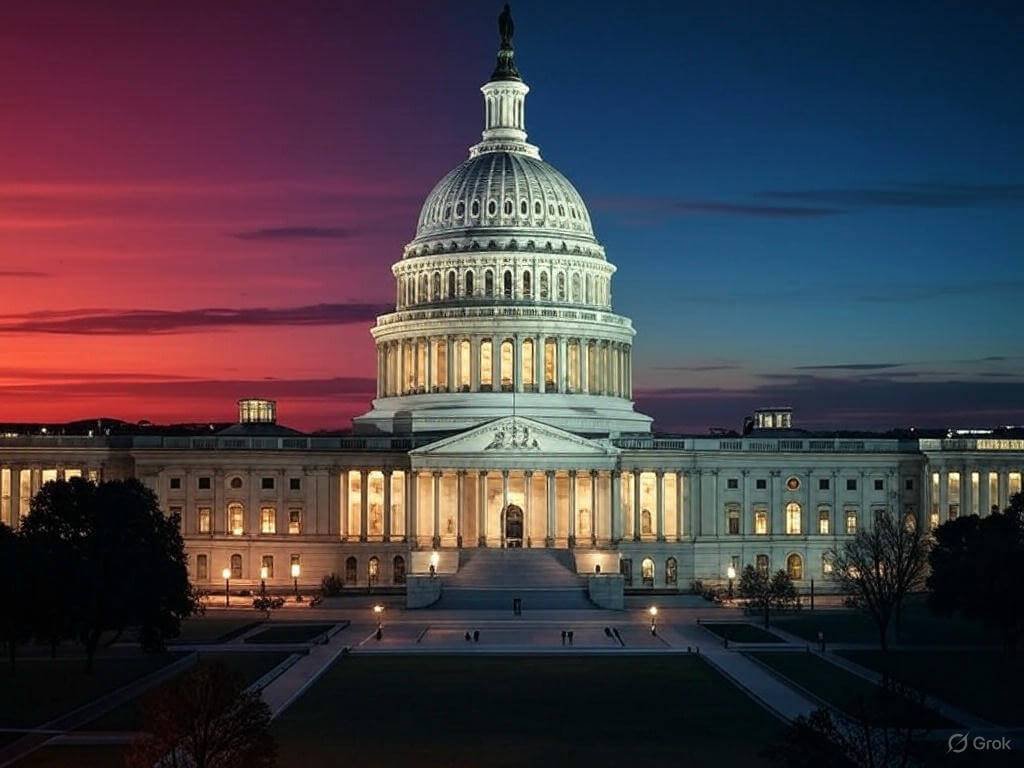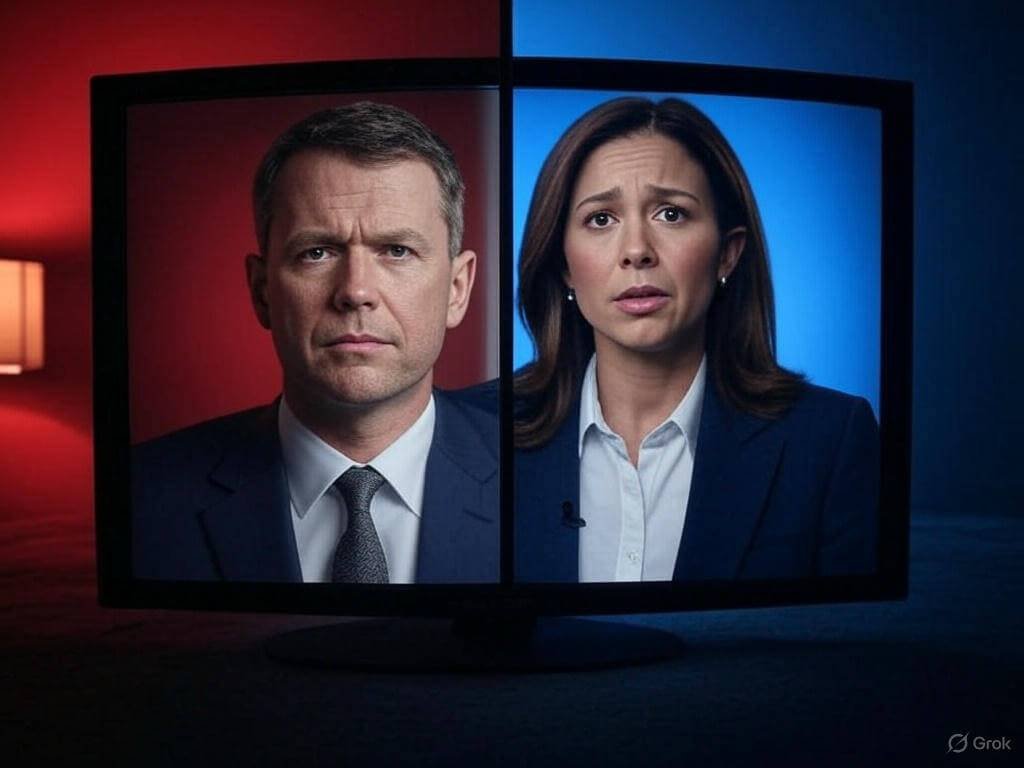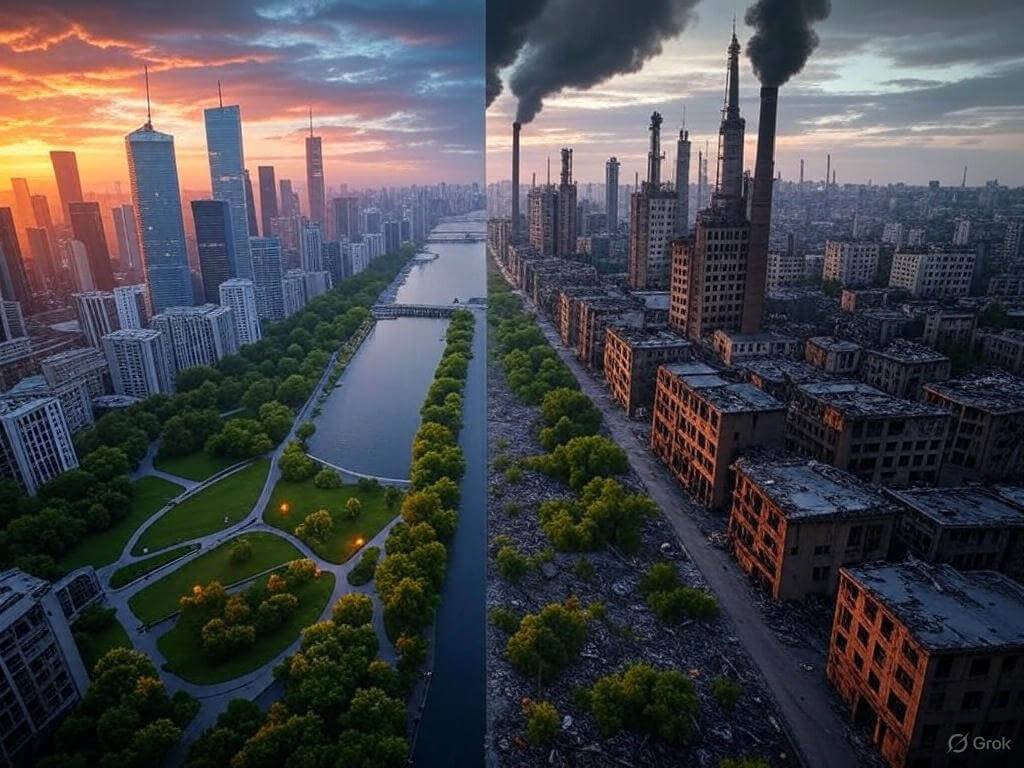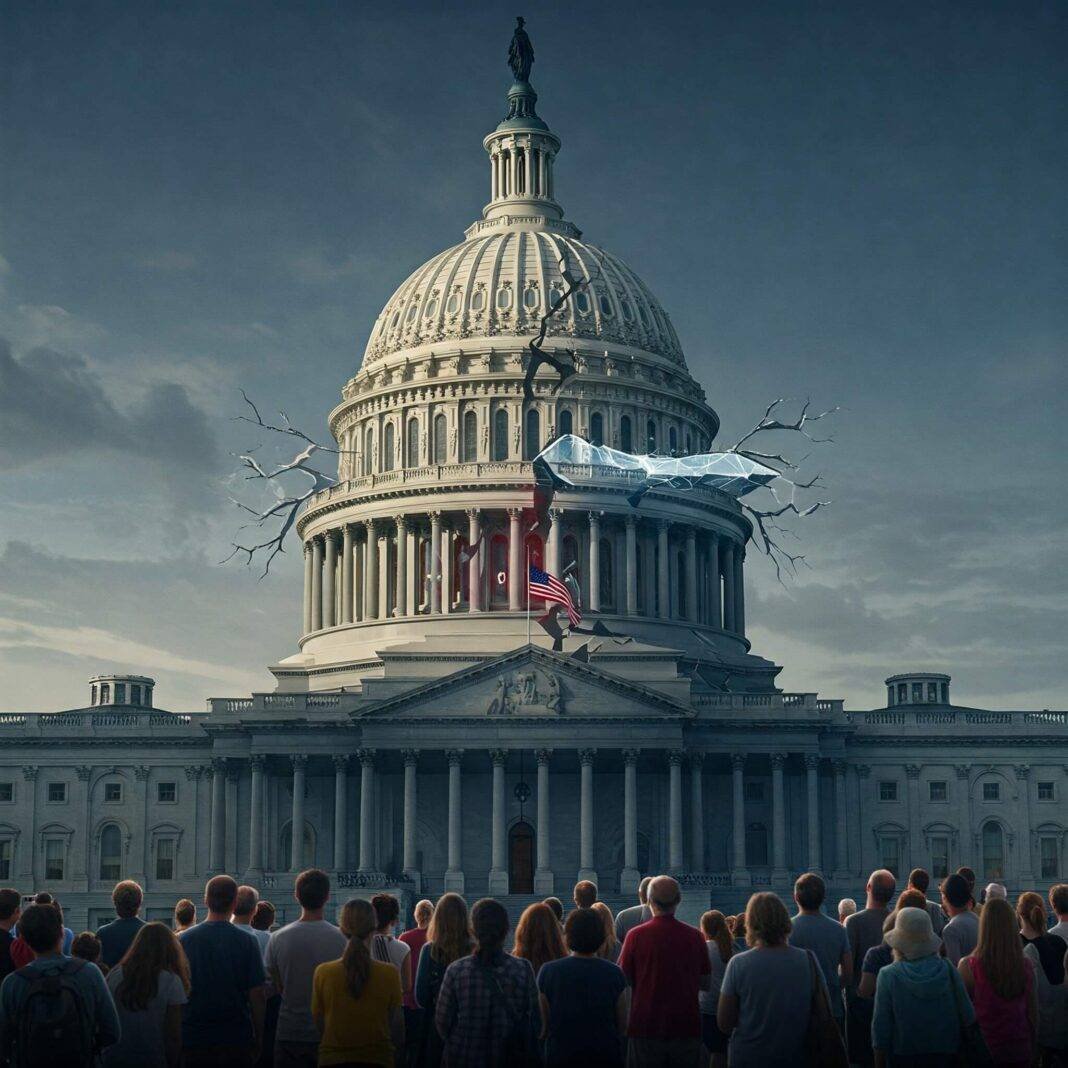Introduction: Understanding Why Washington Is More Divided
Washington is more divided than ever, with partisan battles and gridlock dominating the political landscape in 2025. From Congress to the airwaves, polarization has deepened, stalling progress and eroding trust. But what’s driving this divide, and how can we address it? This post explores why Washington is more divided than ever, unpacking the causes, real-world impacts, and actionable steps to foster unity. Let’s dive into the heart of America’s political rift!

1. Political Polarization: Why Washington Is More Divided
How Polarization Fuels Washington’s Divide
Polarization has skyrocketed, with 80% of Americans viewing the opposing party as a “threat,” per Gallup. This tribalism stalls legislation and fuels hostility in Washington.
Key Drivers
- Gerrymandering: Safe districts reward extreme candidates.
- Party Loyalty: Lawmakers prioritize party over compromise.
- Voter Sorting: People live in ideologically similar areas.
Takeaway: Support fair redistricting efforts to reduce polarization.
2. Media Bias: Amplifying Why Washington Is More Divided
How Media Worsens Washington’s Divide
Partisan media outlets, from cable news to X posts, deepen division. A 2023 study found 62% of Americans consume news reinforcing their biases, per Pew Research. This echo chamber effect poisons discourse.
Media Tactics
- Sensational Headlines: Clickbait fuels outrage.
- Selective Reporting: Stories align with audience views.
- Viral Misinformation: False narratives spread fast.
Takeaway: Diversify your news sources with platforms like AllSides.

3. Disinformation: Why Washington Is More Divided Online
How Disinformation Drives Washington’s Divide
Disinformation, especially on social media, exacerbates division. In 2024, 70% of Americans encountered false political content weekly, per MIT. This distorts perceptions and fuels distrust.
Spread Mechanisms
- Bots and Trolls: Amplify divisive narratives.
- Algorithmic Bias: Platforms prioritize engagement over truth.
- Foreign Actors: Manipulate U.S. discourse.
Takeaway: Verify information using FactCheck.org before sharing.
4. Economic Inequality: A Root of Why Washington Is More Divided
How Inequality Deepens Washington’s Divide
Economic disparities drive political resentment, with the top 1% owning 32% of wealth, per Federal Reserve. This fuels populist movements and gridlock in Washington.
Economic Factors
- Wage Stagnation: Middle-class frustration grows.
- Urban-Rural Divide: Economic priorities differ sharply.
- Lobbying Power: Wealthy interests dominate policy.
Takeaway: Advocate for policies addressing inequality, like fair taxation.

5. Solutions: Bridging the Divide in Washington
How to Address Why Washington Is More Divided
Healing Washington’s divide requires collective effort. Grassroots movements and policy reforms, like ranked-choice voting, are gaining traction in states like Maine, per FairVote.
Actionable Steps
- Engage Locally: Join community dialogues to build trust.
- Support Reforms: Back voting systems that reduce extremism.
- Promote Civility: Model respectful discourse online.
Takeaway: Start a conversation with someone from a different political perspective.
Conclusion: Healing a Divided Washington
Washington is more divided than ever, but understanding the causes—polarization, media bias, disinformation, and inequality—empowers us to act. By fostering dialogue, supporting reforms, and staying informed, we can bridge the gap. What’s one step you’ll take to reduce division? Share below and let’s work toward unity!





